
History has proven again and again that when food is scarce, people get creative with it. Whether it was the Great Depression or wartime rationing, families had to stretch every single ingredient and sometimes make meals out of practically nothing. Here are 10 foods that helped people survive—and some might even surprise you.
Prune Pudding

Prunes have a bit of a reputation—maybe because they’re linked to digestion, maybe because they don’t seem all that exciting. But fans of the dried fruit praise their deep sweetness, and they’re still used in Middle Eastern and Japanese cooking. During the Great Depression, prunes were more than just a pantry staple—they were a lifesaver, and people used to make pudding with them.
Hoover Stew
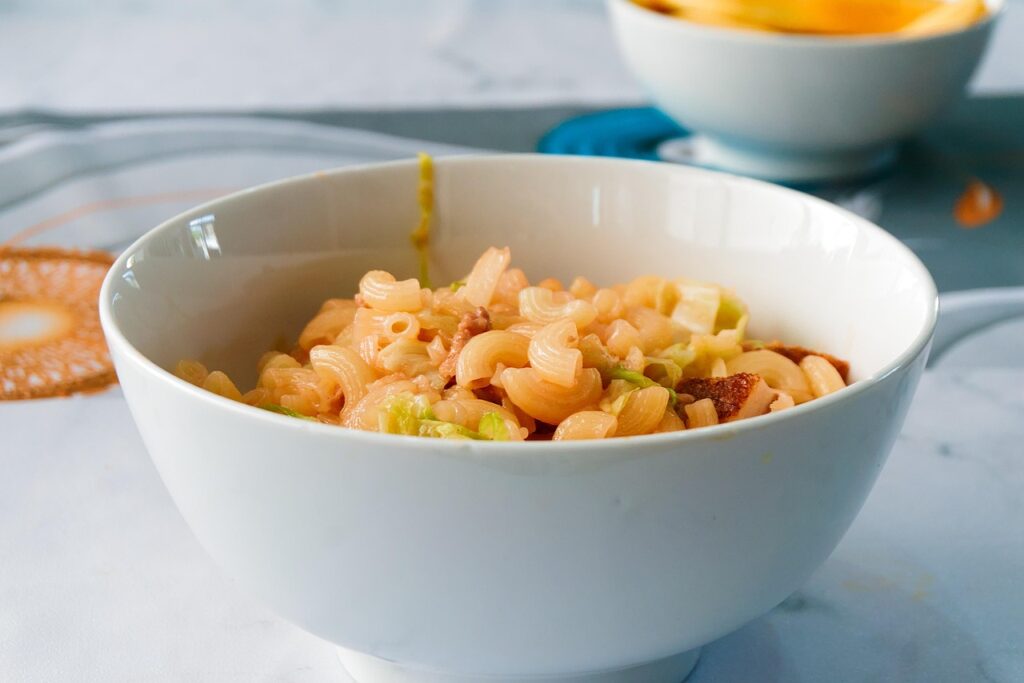
Named (sarcastically) after President Herbert Hoover, this stew was a staple in soup kitchens and homes that had to make do with whatever was on hand. The base was macaroni, canned tomatoes, and hot dogs, but people threw in whatever canned vegetables they had. If you had a little extra money, you might add a can of beans for protein. If you didn’t? Well, you had a hot, tomato-flavored noodle soup to keep you going.
Potato Pancakes

Potatoes were one of the most valuable foods during the Great Depression because they were cheap and easy to grow. When eggs and milk were too expensive, people made simple potato pancakes with just grated potatoes, a little flour, and some oil for frying. If you had onions or garlic, even better. If not, you just had to appreciate the crispy, golden-brown goodness on its own. Today we think of latkes and hash browns as comfort food, but for many, they were a necessity.
Chipped Beef and Cream
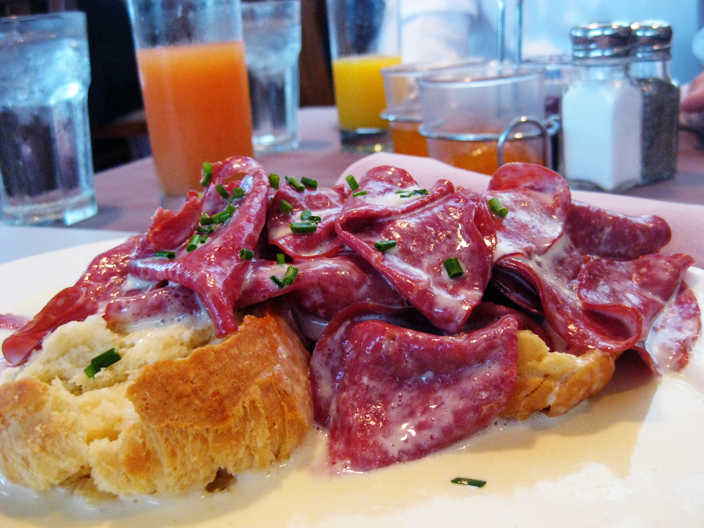
Chipped beef and cream got its start as a military meal and has been around since at least 1910. During the Great Depression, families trying to stretch their food budget turned to this recipe. Served over toast, creamed chipped beef was a popular choice because dried, sliced beef was easy to find, affordable, and had a long shelf life. It also had a less-than-appetizing nickname: “s*** on a shingle”—because, well, people have a sense of humor.
Lard Sandwiches
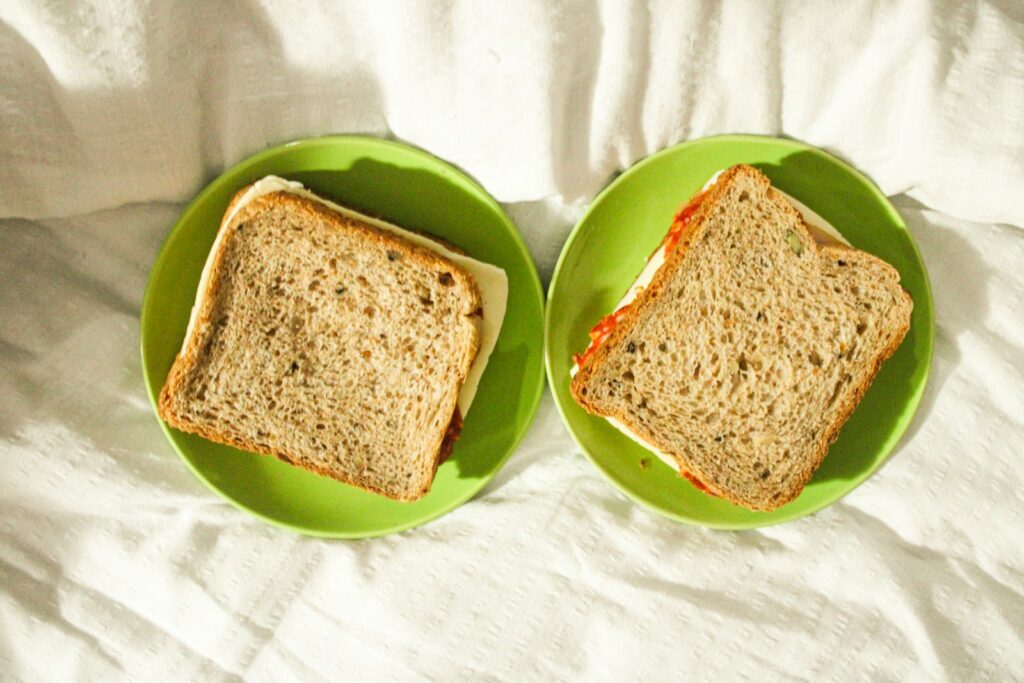
Butter was a luxury, but lard? That was cheap. Many families spread lard on bread, sometimes adding a bit of sugar for a sweet version or salt for a savory one. Lard may have fallen out of favor in modern diets, but during the Depression era, it was an everyday essential. Some people even claim that the sugar version tastes like a low-budget doughnut—though that might be a stretch.
Dandelion Salad
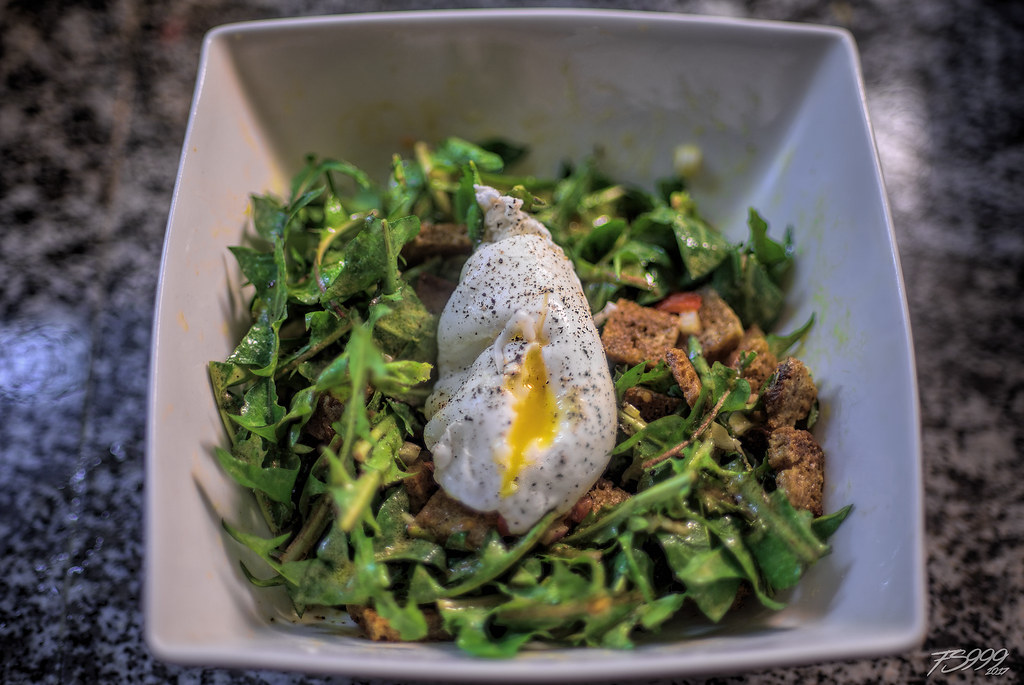
Ah, dandelions—it turns out their leaves are totally edible, which made the dandelion salad a lifesaver for Depression-era families needing a free source of vitamins. You can still find them on restaurant menus today. They’ve got a bit of a bitter bite, depending on how young they are, but a splash of lemon or vinegar helps bring out the flavor.
Spam

During World War II, many soldiers and civilians alike relied on this salty, canned meat (aka spam) when fresh options were impossible to find. It didn’t need refrigeration, had a ridiculously long shelf life, and could be eaten straight from the can. Soldiers got so sick of it that they gave it nicknames like “ham that didn’t pass its physical” and “meatloaf without basic training.”
Potato Soup
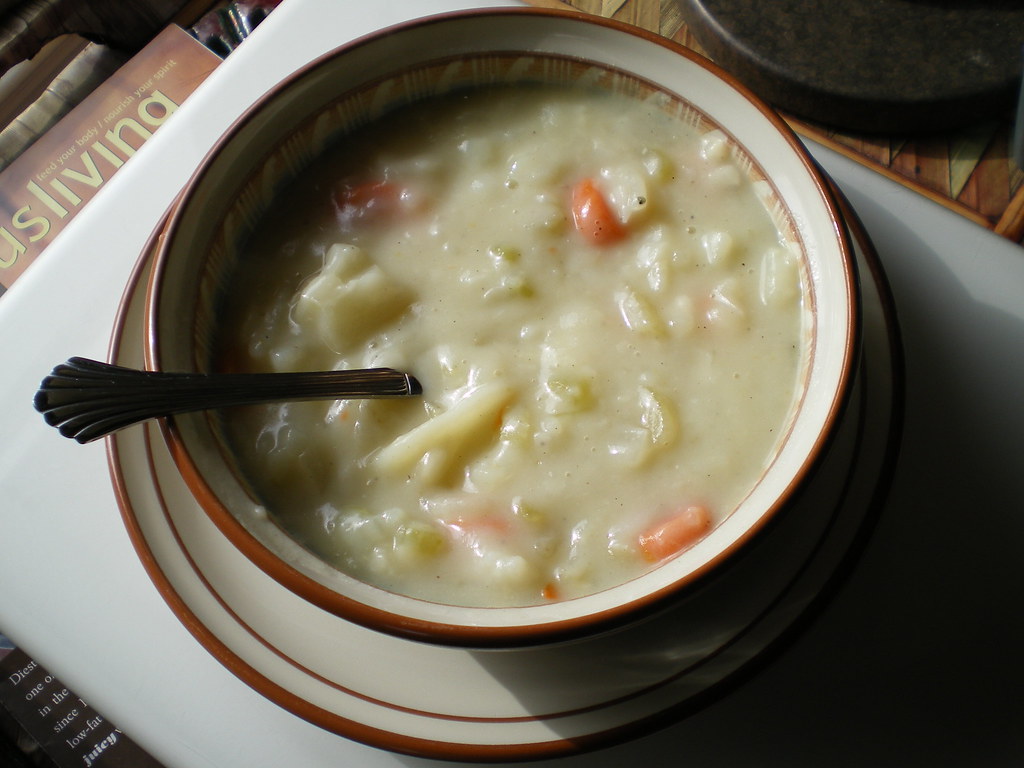
Nowadays, potato soup can be quite upscale—toss in some crème fraîche, cauliflower, or fresh herbs, and you’ve got something special. But at its core, the potato is still the star, just as it was during the Great Depression. Back then, potatoes were a household staple, and turning them into soup was one of the easiest, most affordable ways to feed a family.
Hot Dogs

If you have kids, chances are you’ve had to grab a pack of hot dogs at the store more than once. But during the Great Depression, hot dogs were more than just a kid-friendly meal. People chopped them up into bean stews or ate them topped with pickles, onions, and mustard. They were cheap, filling, and easy to find—three must-haves for any budget-friendly meal during Great Depression era.
Cornbread
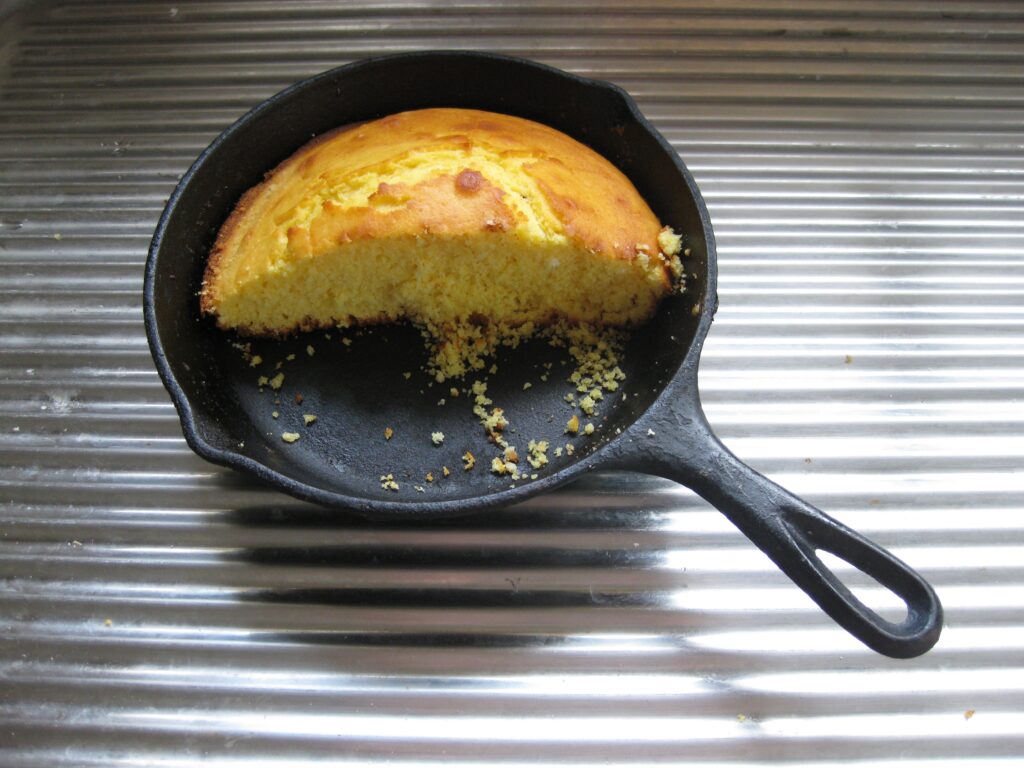
During the Great Depression, baking with almost nothing became a skill of its own. Cornbread (made with just cornmeal, salt, and water) was one of the easiest things to whip up. It didn’t have yeast, so it was dense, but it was filling. When it started to go stale, families didn’t waste a crumb—they crumbled it into a glass of milk or buttermilk, turning it into a simple, surprisingly satisfying treat.
Leave a comment